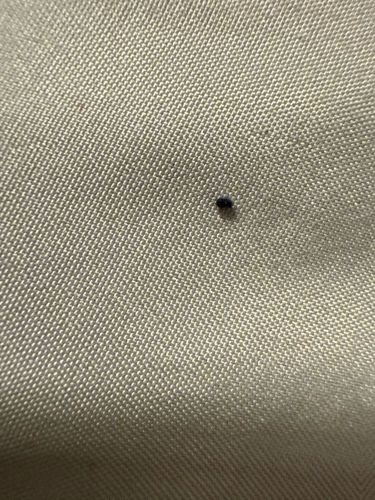Flea
Scientific Name: Siphonaptera (order), various species
Order & Family: Order: Siphonaptera, Family: Pulicidae (most common)
Size: Typically 1 to 4 mm (0.04 to 0.16 inches) in length.

Natural Habitat
Fleas prefer warm, humid environments and can be found in carpets, bedding, upholstered furniture, pet bedding, cracks in floors, and outdoors in tall grass, sand, and shaded areas. They are ectoparasites, living on the blood of mammals and birds.
Diet & Feeding
Adult fleas are obligate hematophagous parasites, meaning they feed exclusively on the blood of their hosts (mammals and birds). Larvae feed on organic debris, including adult flea feces (which contains digested blood).
Behavior Patterns
Fleas are known for their remarkable jumping ability, allowing them to quickly transfer between hosts. They have a four-stage life cycle: egg, larva, pupa, and adult. The entire cycle can take as little as two to three weeks or up to several months depending on environmental conditions.
Risks & Benefits
Risks: Fleas can cause itchy bites, allergic reactions (flea allergy dermatitis) in both humans and pets, and can transmit diseases such as tapeworms (Dipylidium caninum) and, historically, the bubonic plague (Yersinia pestis) in certain regions. Benefits: No known direct benefits to humans or the ecosystem, generally considered pests.
Identified on: 10/19/2025